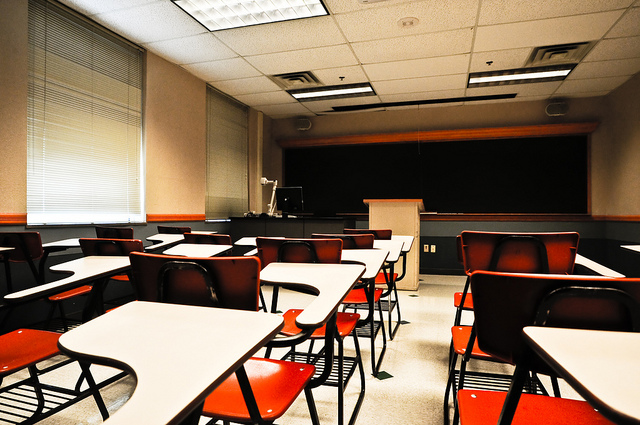3D printing or the additive manufacturing method is one of the most revolutionary ideas of all times. It is equipped with transforming dreams into reality, from a digital file into a three dimensional physical object 3D printing is the dream machine and is rapidly becoming a must have appliance. This dream machine which enables 3D printing was earlier tagged with a high price but as time is passing the applications of 3D printing is expanding and the prices are falling, making them more accessible to commoners. Many schools and colleges are taking up this technology to improve the way students gain education. The introduction of this technology into the learning space will undoubtedly have many benefits. A student can learn better if there is a model to represent the topic that is being explained rather than a pictorial representation.
So, with these benefits in mind a three months research project was conducted by three researchers named Vasilis Kostakis, Vasilis Niaros and Christos Giotitsas. This research project was aimed at finding out to what extent does technological capabilities of open source 3D printing effect or compliment means of learning and communication. The project was based on a theory known as the learning theory constructionism which point out that learning can be more effective when people involve tangible objects in their learning process.
In order to check this around 33 students aged 15- 16 years from various public as well as private schools in Ioannina, Greece were asked to design and produce functional artifacts of their choice. The students did this with the help from an open source 3D printer and a 3D design platform. This innovative project started in January 2013. The primary thing that the students had to do was to grasp the fundamentals of 3D printing. This was done with the help of simple 3D software. These 33 students learned about 3D printing for two hours every week. They were also encouraged to think critically and also participate in discussions. After these exercises they were divided into working groups of twos and fours. They had to select an object that they wanted to be printed on an open source 3D printer. The terms and condition for this assignment was that the object that they print should carry a message which would be in Braille; it should be novel and functional so that the blind kids can use them.
At the end of it all there were 17 pieces of objects that were 3D printed. A few examples include a 3D comic book, a Braille version of the Sudoku puzzle game, a cup with the message ‘drink me’ inscribed in Braille and a Rubik’s cube with Braille language letters instead of colors.
This project made students think differently and innovatively than before and also changed the way they perceived things to be in the real world. One of the researchers says, “My class consisted of generally uncooperative, especially concerning the project course, students who – surprisingly enough – were very willing to engage in this particular project.”
The experiment was a hit and some schools readily accepted the new technology while some failed to comprehend the use of this experiment.
Image Credit: K T King (flickr Handle: xtrah)
